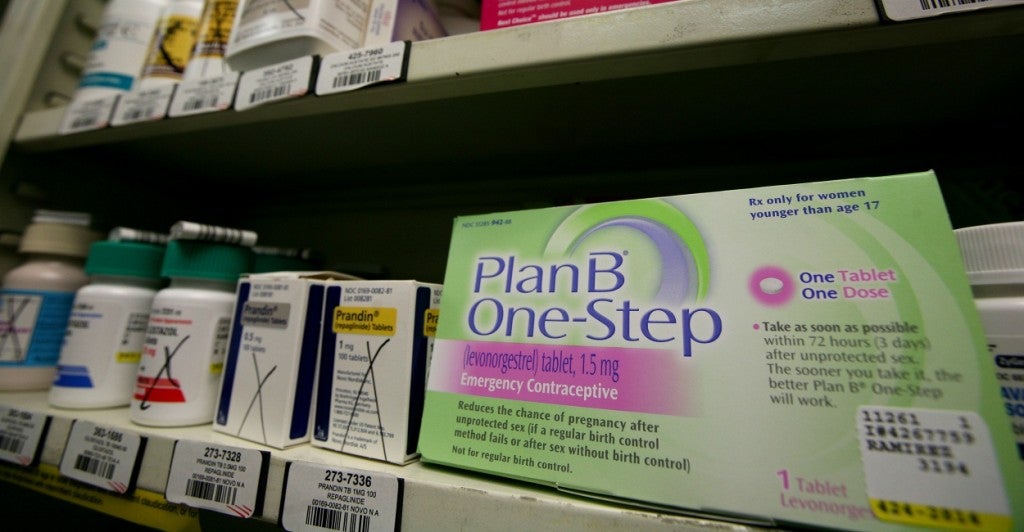An increased number of teenage girls—more than 20 percent—have used the morning-after pill, according to a new study by the Centers for Disease Control and Prevention.
Since 2002, the number of teenagers who have used the morning-after pill increased from 8 percent to 14 percent from 2006 to 2010. From 2011 to 2013, that number grew to 22 percent.
The morning-after pill is easily accessible since no prescription is required, and in 2013, the 18-year-old age limit required to purchase the pill was eliminated.
According to Bill Albert, chief program officer for The National Campaign to Prevent Teen and Unplanned Pregnancy, this study is indicative that “teens, like adults, often are not very good at contraception,” given the increased usage rates once the age limit was lifted.
Unlike regular birth control, the morning-after pill contains a higher dose of the female hormone progestin. As a result, if the drug is consumed within 72 hours of unprotected sex, chances of pregnancy are reduced by nearly 90 percent.
But despite these higher rates in emergency contraception, the study indicated a decline over the past 25 years of sexually active teens aged 15 to 19. Currently, about 45 percent of teens are sexually active, leveling out to a 14-percent decline in females and a 22-percent decline in males.
Experts attribute these declining rates to larger awareness concerning AIDS and sexually transmitted diseases, along with increased levels of sex education.
The report was conducted by interviewing a sample of about 2,000 individuals aged 15 to 19 from 2011 to 2013.
